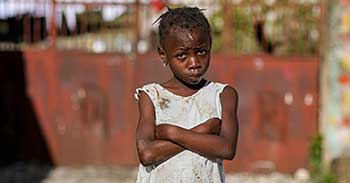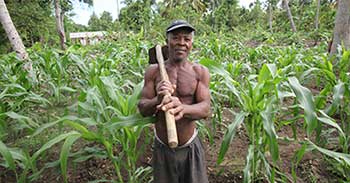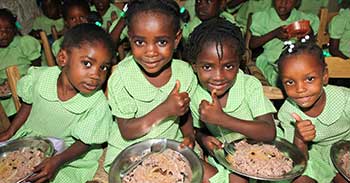Having lived in Kansas now for one year I have learned a small bit about agriculture and livestock. One thing I realized is that most people on this globe have no idea how this industry works; I am talking about how grain comes to be Ritz crackers or corn to Cornflakes and of course how a magnificent black Angus steak gets on my BBQ grill. (By the way that’s a good place for it too.)
I have not looked at industry statics or read the farmers journal I have just been observant and listened to the farmers when they talk about their fields and such; that is a rare thing in itself, farmers rarely talk about yields.
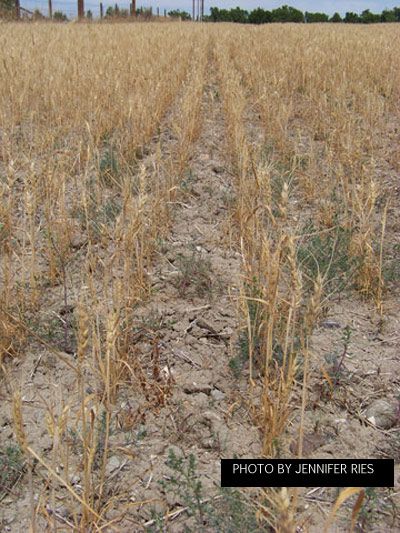
Shriveled wheat
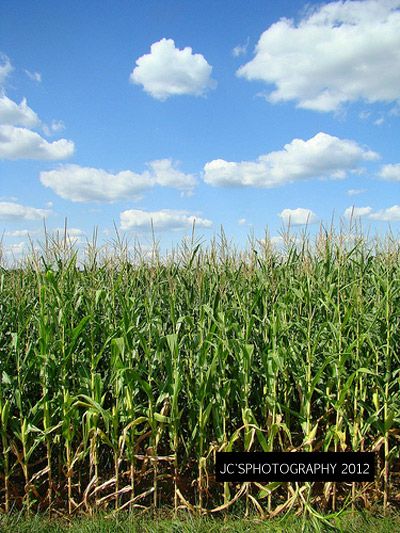
Not seen in Central Kansas this year
When I arrived in August last year Central Kansas looked like something from what I imagine the dust bowl must have looked like or something from Stephen Kings Gunslinger series. Burnt auburn crops and dead grass everywhere, it mattered not if it was wheat, rye, corn or even private houses front yards, it was almost like the color green was outlawed and was subsequently nowhere to be found.
I learned then (last year) about the drought and the effects were spoken of: feed, food, ethanol prices would spike and even surplus crops would be affected, for example US government aid donations to poverty and disaster stricken nations would fall. Farmers would be the biggest losers even if they had crop insurance.
Fast forward to this year and the situation is even worse. Crops have shriveled and dried up. Fields with production worthy of going to market have produced low bushel figures per acre, and again the warnings have come.
The drought in the USA is real and I have heard if it had been any other country it would be the catalyst for an appeal to other nations. But it seems the US will be able to absorb another pitiful year in agricultural production, of course there must be many family farmers who are facing personal disasters; will we hear of them or not, who is to say.
Farmers tend to do different things with their failed crops and I presume that has to do with their own disposition and of course insurance. We passed a field this morning in Barton County Kansas and saw the cattle had been let loose in the stunted corn field. That must be like a kid in a candy store for the cows and a visual reminder of another failed year for the farmer. I do care and I am empathetic but I was wondering too how long until that beautiful Angus would take to wind up on my grill.
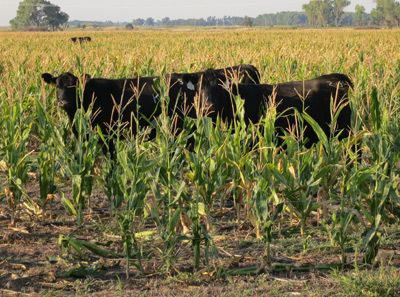
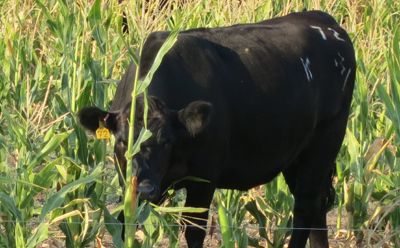
This post is a result of the fact that Star of Hope has in the past received generous gifts from farmers who have had a normal or good year and it goes without saying that in a drought we do not receive these gifts. This means we cannot help as many children or produce the outcomes we hoped for, yes hoped for.
There is not a point to this post I just wanted to share some observations, I would like to motivate you to support your local farmers and if you are able sponsor a child.
Have a great day
Mark Presson










